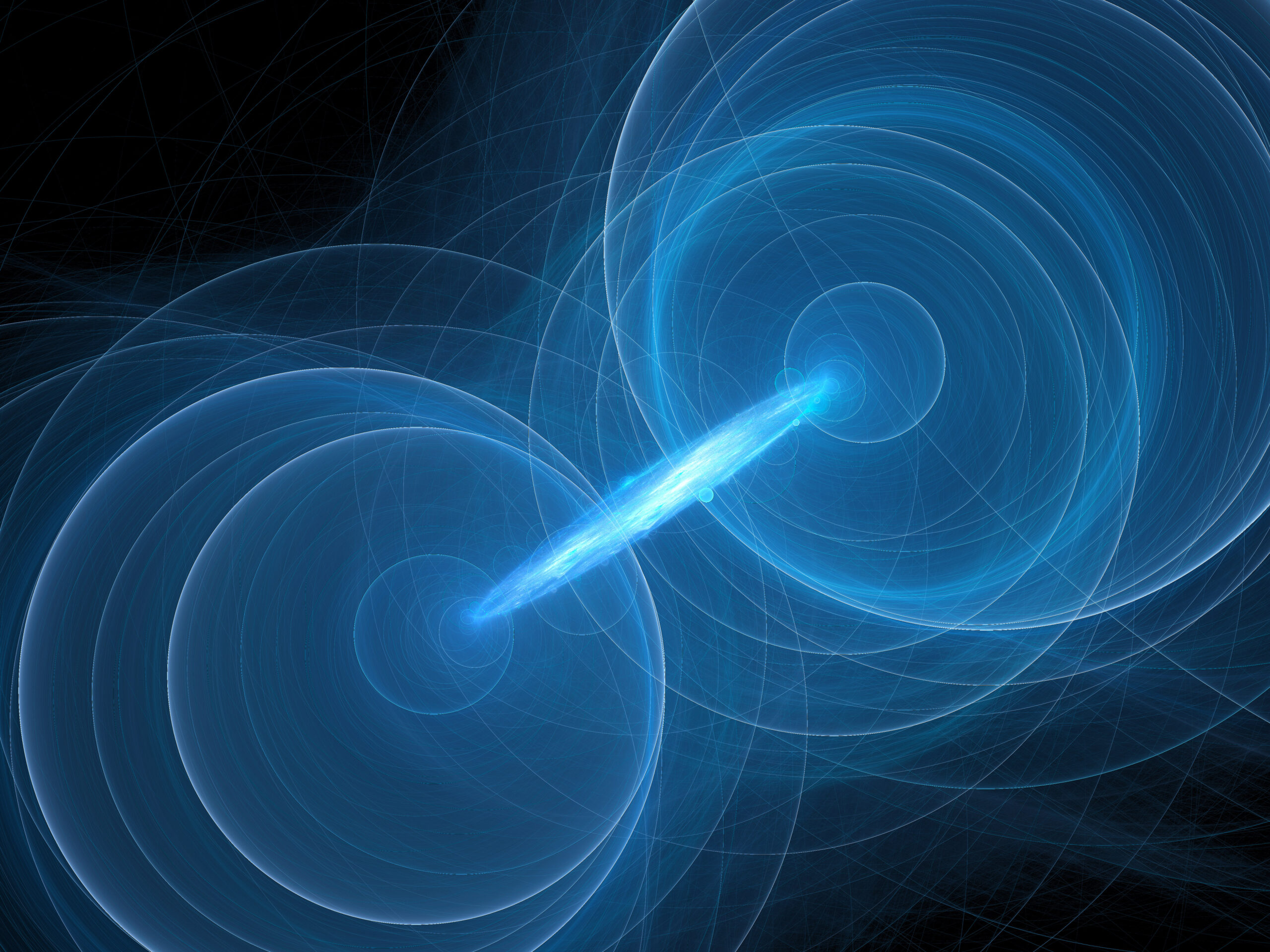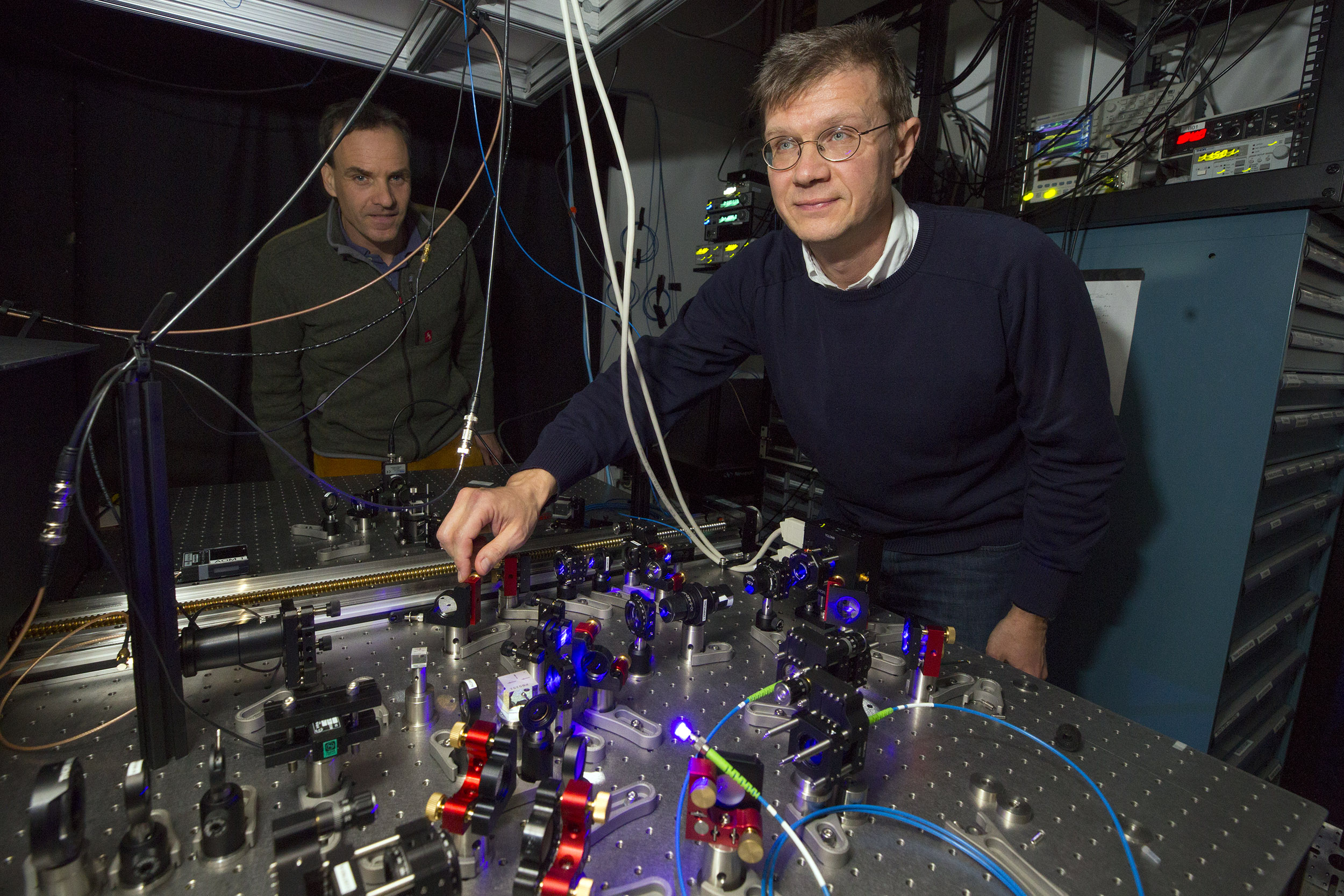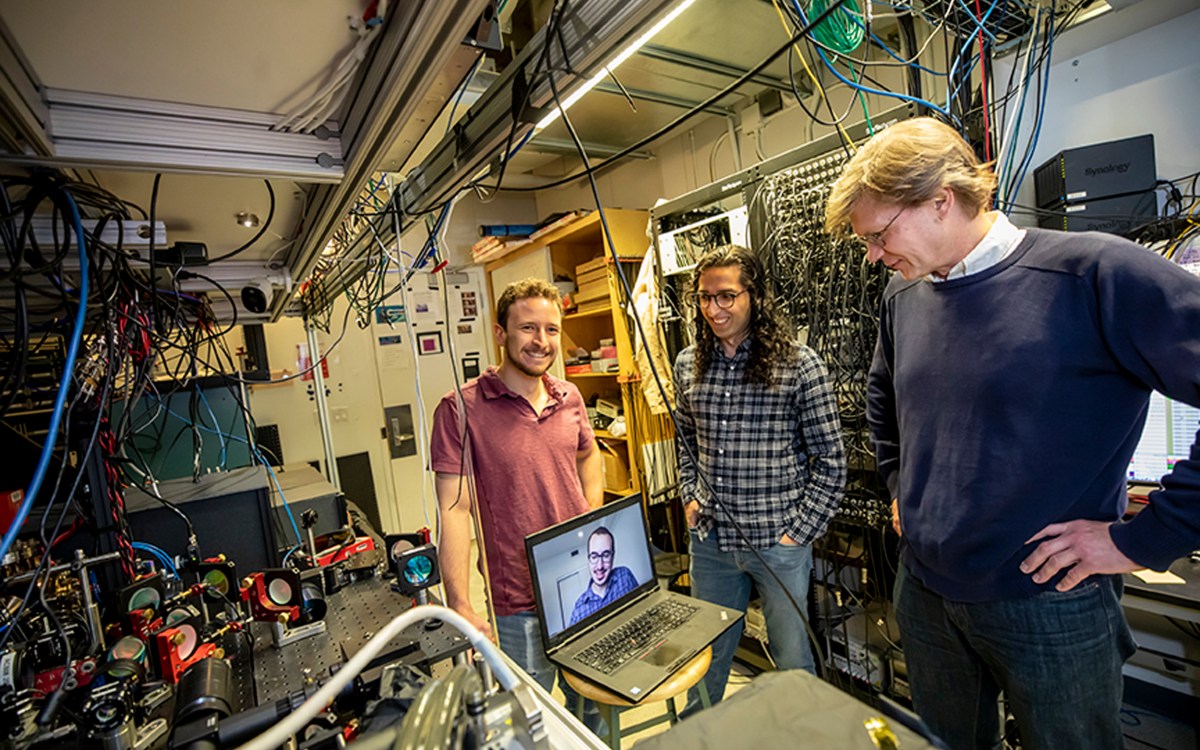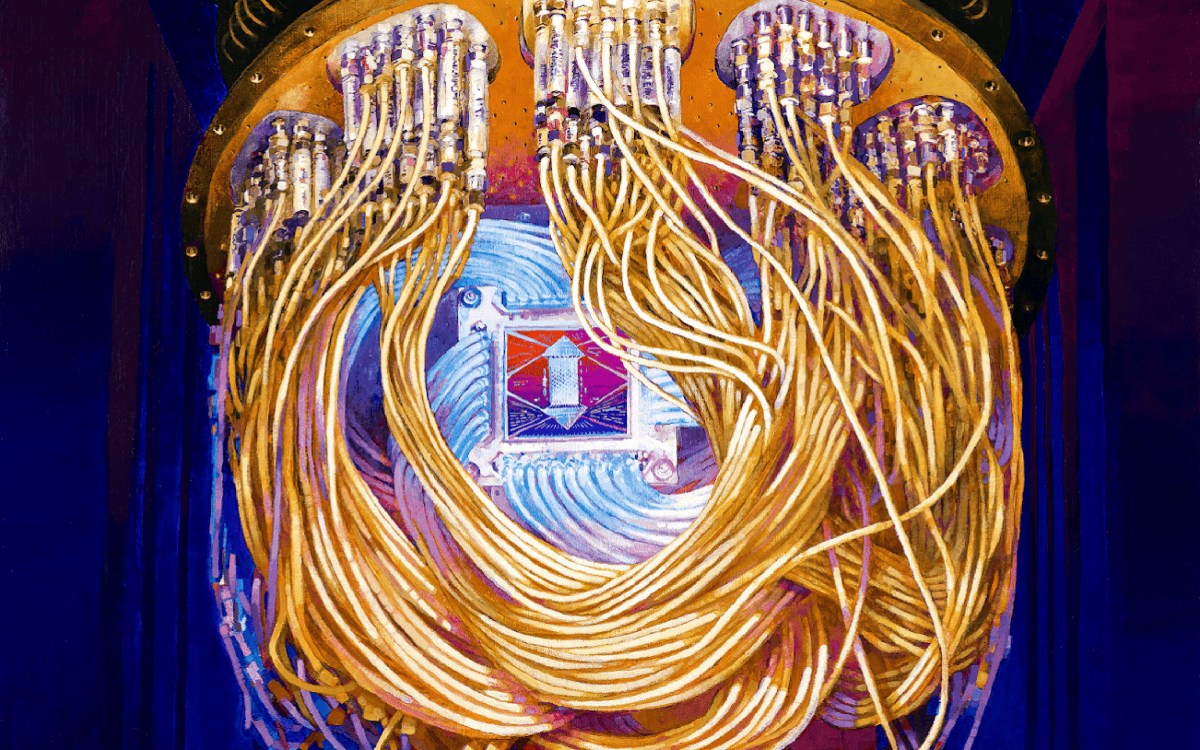Self-correcting quantum computers within reach?
Harvard team’s method of reducing errors tackles major barrier to scaling up technology

Quantum computers promise to reach speeds and efficiencies impossible for even the fastest supercomputers of today. Yet the technology hasn’t seen much scale-up and commercialization largely due to its inability to self-correct. Quantum computers, unlike classical ones, cannot correct errors by copying encoded data over and over. Scientists had to find another way.
Now, a new paper in Nature illustrates a Harvard quantum computing platform’s potential to solve the longstanding problem known as quantum error correction.
Leading the Harvard team is quantum optics expert Mikhail Lukin, the Joshua and Beth Friedman University Professor in physics and co-director of the Harvard Quantum Initiative. The work reported in Nature was a collaboration among Harvard, MIT, and Boston-based QuEra Computing. Also involved was the group of Markus Greiner, the George Vasmer Leverett Professor of Physics.
An effort spanning the last several years, the Harvard platform is built on an array of very cold, laser-trapped rubidium atoms. Each atom acts as a bit — or a “qubit” as it’s called in the quantum world — which can perform extremely fast calculations.

Harvard physicists Mikhail Lukin (foreground) and Markus Greiner work with a quantum simulator.
File photo by Jon Chase/Harvard Staff Photographer
The team’s chief innovation is configuring their “neutral atom array” to be able to dynamically change its layout by moving and connecting atoms — this is called “entangling” in physics parlance — mid-computation. Operations that entangle pairs of atoms, called two-qubit logic gates, are units of computing power.
Running a complicated algorithm on a quantum computer requires many gates. However, these gate operations are notoriously error-prone, and a buildup of errors renders the algorithm useless.
In the new paper, the team reports near-flawless performance of its two-qubit entangling gates with extremely low error rates. For the first time, they demonstrated the ability to entangle atoms with error rates below 0.5 percent. In terms of operation quality, this puts their technology’s performance on par with other leading types of quantum computing platforms, like superconducting qubits and trapped-ion qubits.
However, Harvard’s approach has major advantages over these competitors due to its large system sizes, efficient qubit control, and ability to dynamically reconfigure the layout of atoms.
“We’ve established that this platform has low enough physical errors that you can actually envision large-scale, error-corrected devices based on neutral atoms,” said first author Simon Evered, a Harvard Griffin Graduate School of Arts and Sciences student in Lukin’s group. “Our error rates are low enough now that if we were to group atoms together into logical qubits — where information is stored non-locally among the constituent atoms — these quantum error-corrected logical qubits could have even lower errors than the individual atoms.”
The Harvard team’s advances are reported in the same issue of Nature as other innovations led by former Harvard graduate student Jeff Thompson, now at Princeton University, and former Harvard postdoctoral fellow Manuel Endres, now at California Institute of Technology. Taken together, these advances lay the groundwork for quantum error-corrected algorithms and large-scale quantum computing. All of this means quantum computing on neutral atom arrays is showing the full breadth of its promise.
“These contributions open the door for very special opportunities in scalable quantum computing and a truly exciting time for this entire field ahead,” Lukin said.
The research was supported by the U.S. Department of Energy’s Quantum Systems Accelerator Center; the Center for Ultracold Atoms; the National Science Foundation; the Army Research Office Multidisciplinary University Research Initiative; and the DARPA Optimization with Noisy Intermediate-Scale Quantum Devices program.








